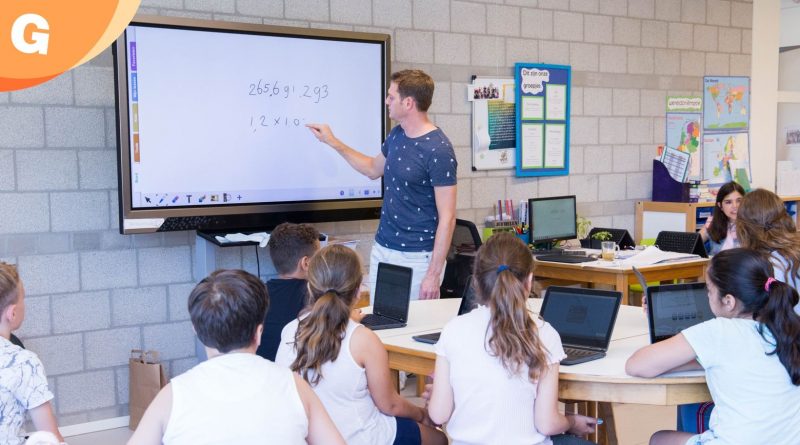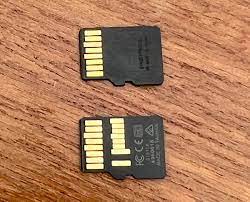How SMART Boards Are Making Their Way Into More And More Classrooms
SMART boards are one of the latest education technology trends to make their way into classrooms around the world. SMART boards (which stands for Smart, Interactive, Robust, and Adaptive) are digital whiteboards that can be customized to fit the needs of your class. They offer a variety of features that make learning more interactive and engaging for students.
Table of contents
- What is SMART Boards?
- How SMART Boards are Used in Classrooms
- The Advantages of Using SMART Boards in Classrooms
- The Disadvantages of Using SMART Boards in Classrooms
- Conclusion
1. What is SMART Boards?
SMART Boards are interactive white boards that can be controlled with a tablet or phone. They come in many sizes and styles, and are often used in classrooms to help students learn.
Some of the features of SMART Boards include:
-A digital screen that can be used for presentations, collaboration, and learning.
-An intuitive touchscreen interface that makes it easy for teachers to control the board.
-The ability to interact with other devices through integrated Bluetooth and Wi-Fi technology.
-Many different types of mounts and clips so that boards can be positioned where they are most useful.
2. How SMART Boards are Used in Classrooms
How SMART Boards are being used in classrooms varies depending on the school district and teacher, but most use them to keep track of student progress and to provide a visual representation of learning. Teachers can use SMART Boards to help students stay on track with their academic work and to display information about their grades, test results, and homework assignments. In addition, teachers can use SMART Boards to display images or videos related to the classroom subject matter. Finally, schools can also use SMART Boards as a means of communication between students and teachers.
3. The Advantages of Using SMART Boards in Classrooms
SMART boards are becoming more and more popular in classrooms because they offer a number of advantages. First, SMART boards are easy to use. Teachers simply load the content they want to display on the board, and students can access it by pressing buttons on the board’s control panel. This makes teaching and learning easier because teachers don’t have to spend time preparing lesson plans or worrying about how to display information on the board.
Second, SMART boards help teach students how to problem solve. Because the boards allow students to see all of the relevant information at once, they learn how to identify and solve problems quickly. In addition, using SMART boards helps improve student comprehension because they are able to see the relationships between various pieces of information.
Finally, using SMART boards can help improve student engagement in class. By making it easy for students to access information and engage in fun activities, using SMART boards can help keep them interested in class.
4. The Disadvantages of Using SMART Boards in Classrooms
There are many advantages to using SMART boards in classrooms. First and foremost, they’re effective tools for learning. Students can engage with the boards while taking notes or working on projects and they can track their progress easily. The boards also provide teachers with invaluable feedback about student engagement and learning.
While the boards are an excellent addition to any classroom, there are a few disadvantages worth noting. One issue is that SMART boards can be expensive, especially if you want to equip every student in your class with one. Additionally, some teachers find them difficult to manage and keep organized. And finally, because SMART boards rely on computer technology, they may not be available in all schools or districts.
Conclusion
In the world of education, there’s always something new to learn. That’s why we’re excited about SMART Boards — they’re making their way into more and more classrooms across the country. Not only are these boards versatile tools that can be used in a variety of classes, but they also offer teachers unique opportunities to engage students on a deeper level. We hope you’ll check out our article on how SMART Boards are changing the classroom for both students and educators alike.




